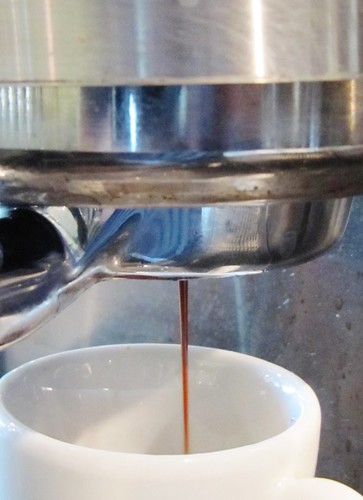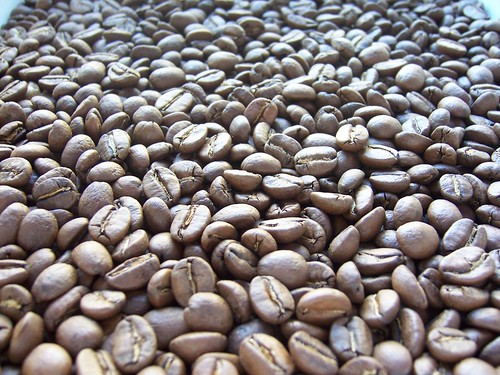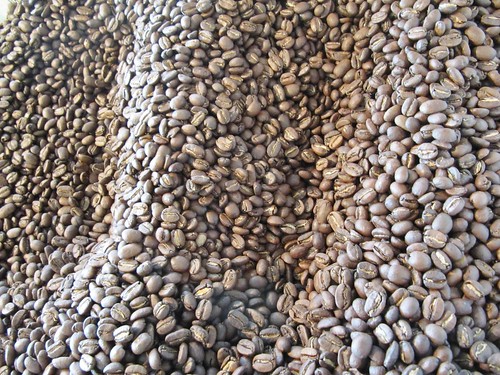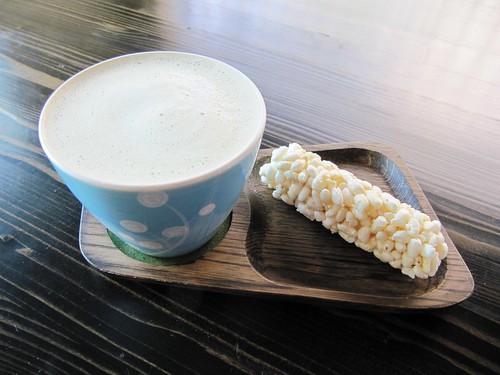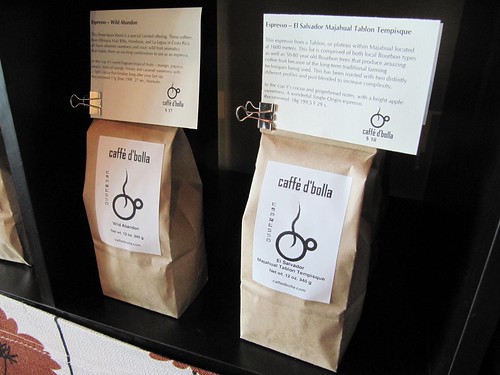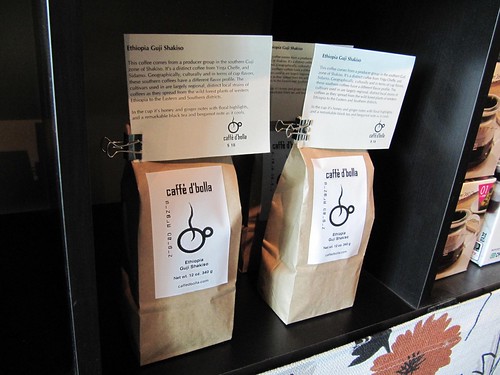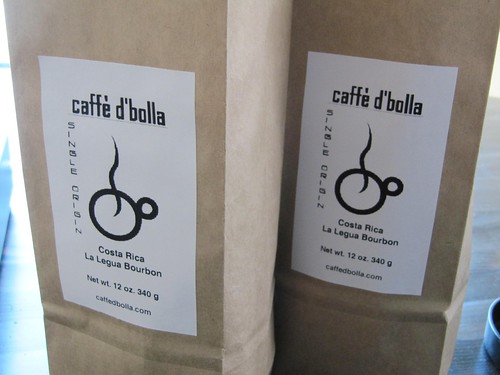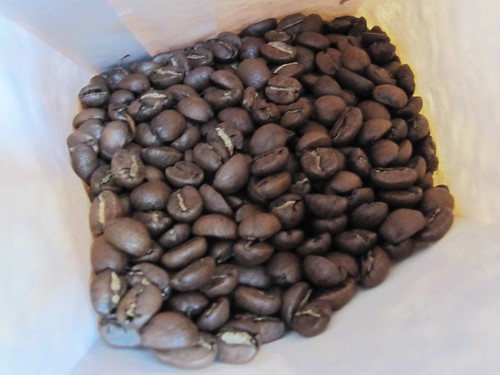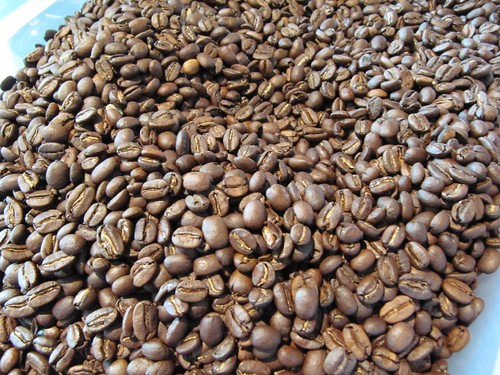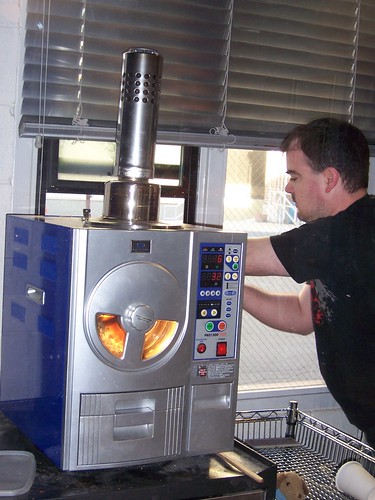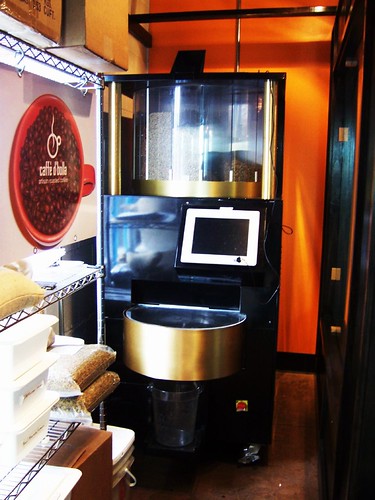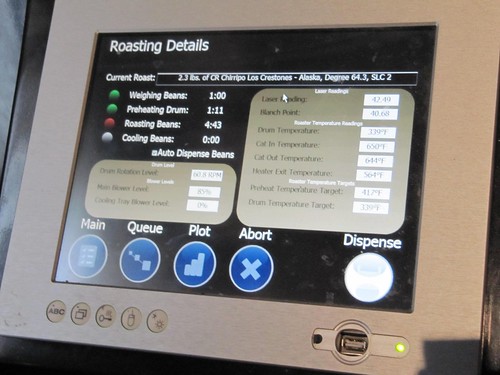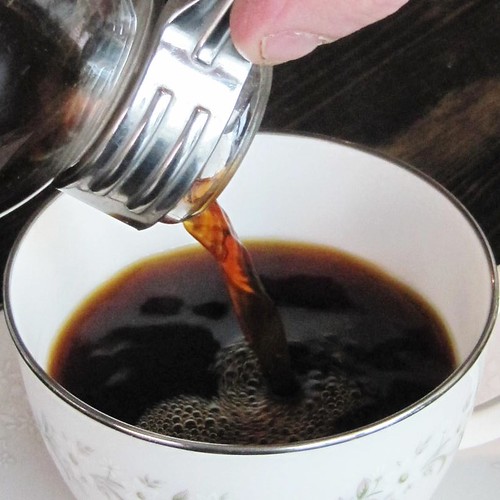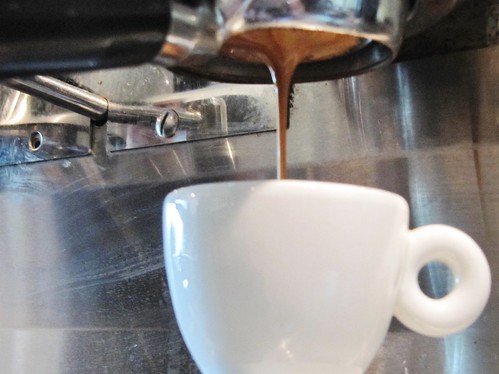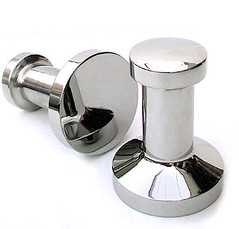Author's Note: Many new shops come and just as quickly as they come, they are gone. I'd rather see people be successful than fail. Nearly all failures can be attributed to poor planning, but improper strategies can be almost as fatal. This short piece is for all new and prospective owners. Dismiss this at your own peril.You have navigated through all the hoops, attended trade shows and seminars, traveled here and there to gain perspective, and now you've opened your doors. The one issue that sends many new owners in the beginning months into a panic, and a panic that often leads to poor decisions; is "How do I get more customers RIGHT NOW?"
There are several responses to this state of panic. I will talk about the most common, when they can be good, and when they are likely a road to failure. There are a few major metropolitan areas in the country that are also coffee-centric, so it is possible to blindly stumble through a successful run just based on pure numbers. For most of the country, it's a much more precarious balancing act.
The three most common (and misused) responses to "How do I get more customers right now?" are: Punch cards, coupons, and changing the menu.
Let's look at these.
Punch Cards: This is perhaps the worst thing you can do in terms of a long term strategy. Can they do some good? Yes. IF you have a strategey in place ahead of time. The strategy is data collection. The end result of a long-term punch card program is not customer retention... it doesn't work that way. They are not loyal to you, they are loyal to the discount.
If Punch cards are brought into play, a better strategy is to use them as a one time thing. One new customer, one punch card. And the card can only be redeemed by having X purchases, and filling out name and email legibly on the back. Now the drink should be "one on us" not FREE.
Words matter. FREE says, "This drink has no value" but if it's "on us", it has a value, and you are gifting it to them. So, you're not exchanging the drink for the purchase of nine drinks. You are exchanging the drink for their information. The other drinks just get them to form a habit. But no second card! Just enough to "thank" the newcomers, and to collect their data. Now you can direct market to each of them. No, don't send them coupons. Interact. Include them on inside information about what you are doing, what coffees you have coming, and pass along a little education. Let them know that you are their Jeeves when it comes to questions about coffee and espresso.
Coupons:
The most often used is the infamous BOGO. Again, not good as a long term strategy, and should never be used outside of your opening months, if at all. This can sometimes be used when you first open to get people in the door, but once again, it's of utmost importance to never use the word FREE in your advertising. Now a number of marketing tomes, most useless, will say that FREE is one of the words that grabs attention. Yes. It grabs the attention of people looking for a discount. "Buy a latte have a second of equal or lesser value on us." would be fine. Have a "One coupon per customer" and to all that is holy, put a freakin' expiration date on it. No more than two to four weeks out.
As a long term strategy, neither punch cards nor coupons are good. And here's why.
Punch cards and coupons are the number one contributors to "The leaky bucket syndrome" -- you keep trying to plug the hole with a discount, but you keep leaking customers because they are NOT customers, they are bargain shoppers. So if you use them at all, use them only as short term strategies. Get their attention, sure, but if you need to offer a discount a second time, then you have to face the reality -- you have a lousy product.
Changing the Menu:
"You should add blended drinks", "How about adding breakfast items", "Maybe you need soup." OR "Your prices are too high".
Changes like this are never good. Does it gain you customers? NO. But it will give you plenty of opportunities to test the merits of Excedrin.
The moment you take these kinds of suggestions from customers seriously is the moment you've signed on for a downward spiral of doom. Those people who want you to change what you are doing are not your core customers, and probably will not be long term supporters of your business.
Have a core philosophy. Know what you are doing as a business and stick to it. It is as simple as that. You're an owner now, act like one.
Raise prices, yes. Lower prices, never. A wise man once said, "I never saw someone go out of business by charging too much" It's about value, and value isn't a number, it's about getting more than they expected. It's about the customer saying, "$4.50? That was fantastic! I would have paid $5"
So the question was, "How do I get customers?"
Have a plan in place.
To expect hundreds through the door on the day you open is not grounded in reality. You should expect to have enough capital to cover all of your expenses for several months out. Didn't do it? The honest answer would be, "Good luck." That kind of situation is why 7-10 businesses fail. It can all be directly related to poor planning. So avoid failure by planning well.
Building a customer base takes time, but panicking never solves anything. With Twitter, Yelp, Google, Facebook, and all the other social media forums, it's much easier to get the word out now than it was five or ten years ago. Take advantage of the mediums available. They can connect you with potential customers in a way that wasn't possible before. Word of Mouth is always the fastest way to grow as a small business, and Word of Mouth via social media is a whole new ballgame today.
Have a great product.
This goes without saying, but this is where most fail. Don't do the "old and busted" do the "new hotness".
Offer something unique.
Be the first in your area to roast on site, to offer coffee by the cup, to offer espresso only, to offer house made syrups, to teach classes, etc...
Building a customer base is something you are constantly doing. It begins day one, and it never ends. It's a testamant to your business savvy, the quality of your product, and your willingness to be daring.
It all starts with your first cup.



